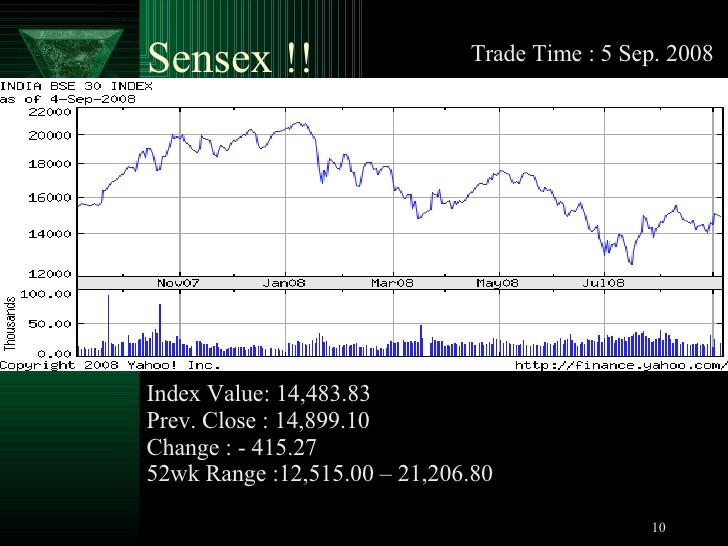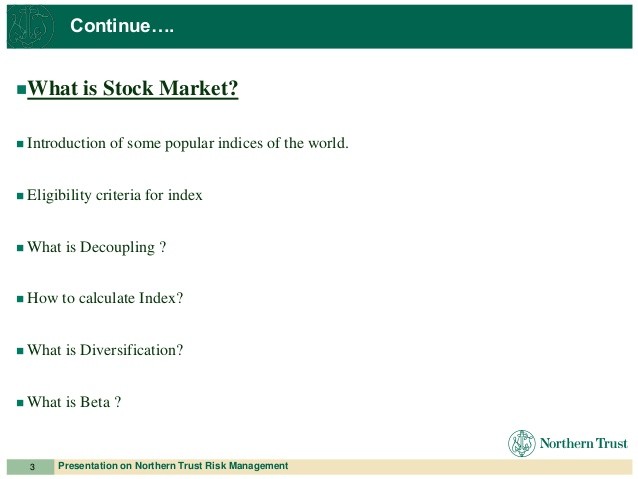An Introduction to 5 Major Stock Market Indexes
Post on: 11 Апрель, 2015 No Comment

Most people generically refer to the market as if all of the various major indexes move in beautifully timed correlation to one another. In reality, however, the numerous indexes covering different market segments rarely move together in choreographed movements. After all, if they did act in such a way, there would be no need for multiple indexes.
The only way to make sense of daily marketplace volatility is to learn more about the indexes and understand what differentiates them from one another. Let’s take a look at five main market indexes so you can trade “the market” like a seasoned penny stock pro.
The Dow Jones Industrial Average, or DJIA, is perhaps the most well-known and traded index in the entire world. Commonly referred to as just “The Dow,” the major index includes the 30 largest and most powerful companies in the US.
Known as a price-weighted index, the Dow was originally computed by simply adding the share price of each company stock listed on the index and then dividing the figure by the number of companies, creating an average. Today, however, the calculation process is much more complex. Thanks to spin-offs, stock splits. and other events, the divisor has been reduced significantly to a tiny number lower than 0.2.
The Dow represents nearly a quarter of the collective value of all the indexes comprising the US stock market. Since investors tend to view large-cap stocks differently than penny stocks, technology stocks, or international stocks, investors should not use the Dow to gain a perspective of market sentiment in other areas of the stock market.
However, since the Dow is comprised of some of the largest and most well-known US companies, large swings in the Dow typically correspond to the general market movement as a whole.
The S&P 500
The S&P 500 index is much larger and considerably more diverse than the DOW. Comprised of 500 of the most popular and widely traded US stocks, the S&P 500 includes companies from nearly every sector, including the healthcare, energy, consumer staples, information technology, financial, and industrial industries. It also represents approximately 70 percent of the entire US stock market value. Thus, the S&P 500 typically provides a solid indication of US market movement as a whole.
Since the S&P 500 is market-weighted, every single stock in the index is weighted according to its market capitalization. Therefore, if the total value of every single company in the S&P 500 fell by 15 percent, the value of the index would also drop by 15 percent. Conversely, a similar drop in DOW stocks would not necessarily cause the same change in the index.
The Nasdaq Composite Index
The majority of investors know that technology stocks are primarily bought and sold on the Nasdaq. The Nasdaq Composite Index is weighted according to the market capitalization of all stocks traded on the exchange. Unlike the other indexes mentioned thus far, the technology-based index includes some international companies with headquarters abroad.
Although the Nasdaq is well-known for its technology stock offerings, it also includes stocks from other industries, such as the industrial, transportation, financial, and insurance industries. The index also includes a number of small, speculative companies with much smaller market capitalizations than companies listed on the Dow. Consequently, movement in the Nasdaq indicates the performance of small company stocks as well as the technology industry.

The Wilshire 5000
Sometimes referred to as the “total market index,” the Wilshire 5000 represents nearly all publicly traded companies that have headquarters in the US and price data readily available for investors. Arising in 1974, the Wilshire 5000 is incredibly diverse and includes stocks from virtually every industry. While the index is nearly a perfect gauge of the US market as a whole, investors refer to it much less often than the smaller S&P 500 when discussing the market.
The Russell 2000
The Russel 2000 is an index that includes the 2,000 smallest companies listed on the Russell 3000, which is an index comprising 3,000 companies on the US stock market with the largest market cap. The Russell 2000 did not begin gaining in popularity until the 1990s, when penny stocks began soaring and investors started pouring more money into the sector. It should come as no surprise that the Russell 2000 is the best indicator of the performance of the smallest companies in the US market, which are diverse and not specific to any one industry.
The markets are as diverse as the global population, so it’s always a wise idea to know what’s happening in each segment of the market. By keeping an eye on these indexes and tracking their movements, you’ll be able to gain a better perspective on investor’s attitudes towards companies of all shapes and sizes and from every industry.














